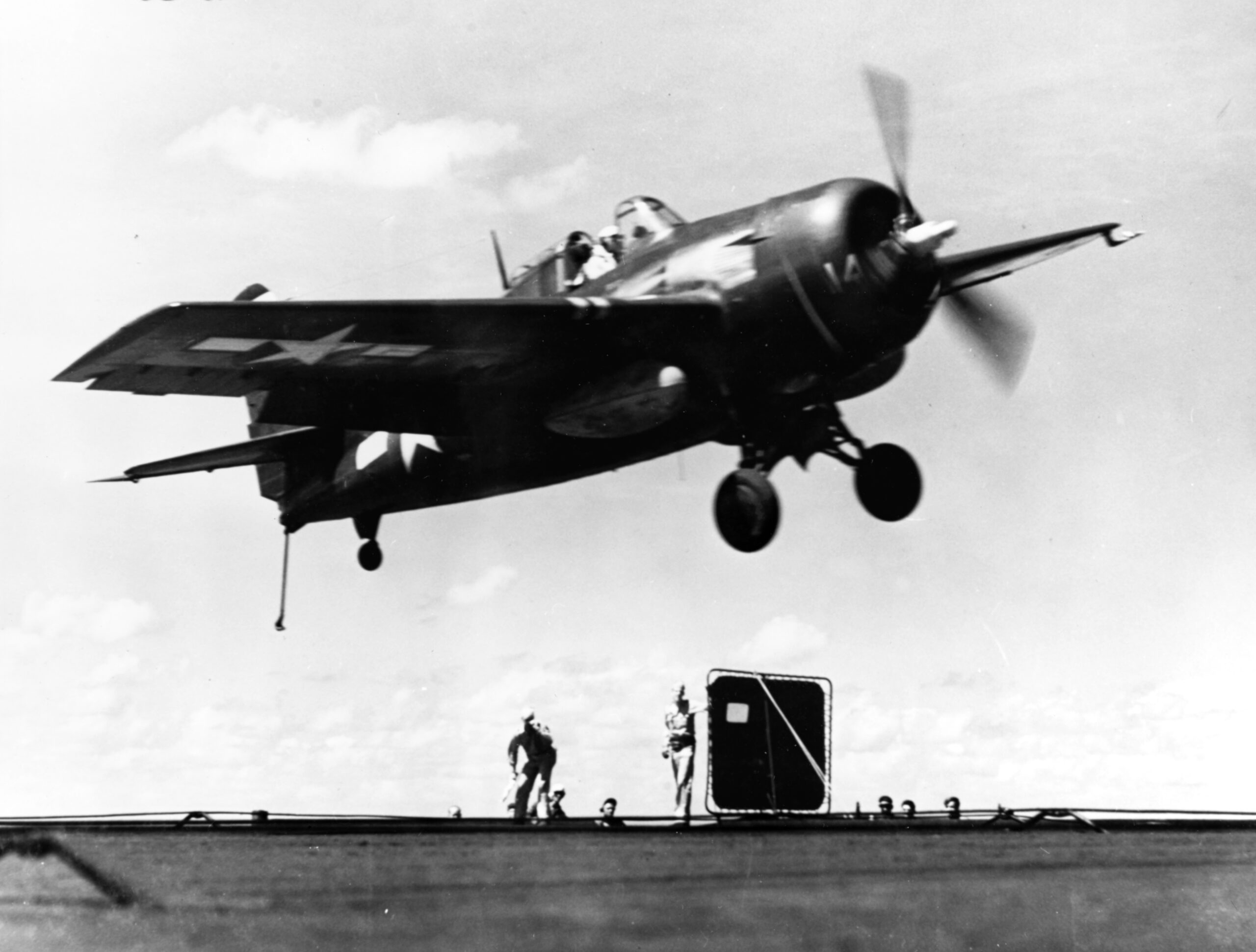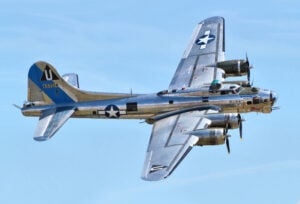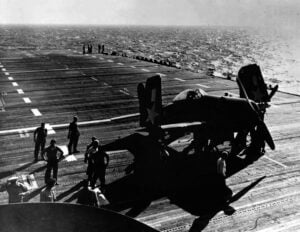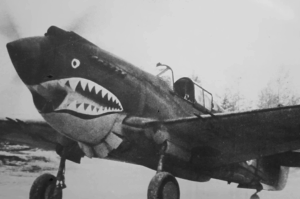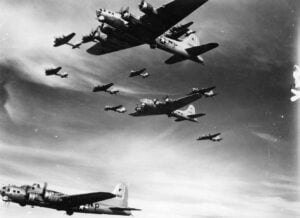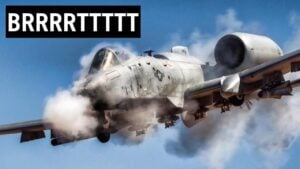The Difference Between The F4F and FM-2 Wildcats
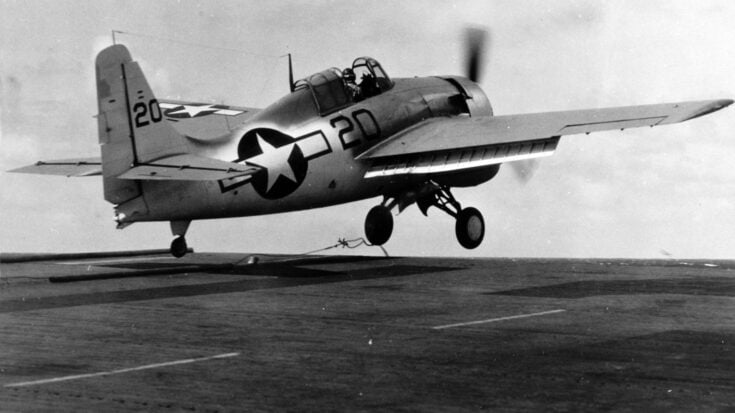
YouTube / AirZoo
Early Development of the Wildcat Line
The Grumman F4F Wildcat served as the primary U.S. Navy and Marine Corps carrier fighter during the early years of the Pacific War. It filled a crucial role on small and large carriers and remained in frontline service long after newer designs reached the fleet.
When Grumman shifted its resources to the F6F Hellcat, the Navy kept the Wildcat in production through a licensed program at Eastern Aircraft. This move ensured a steady supply of carrier fighters for units that still required a compact and rugged design.
Production Shift and Engineering Updates
Eastern Aircraft focused on an improved model known as the FM-2. The company refined the airframe for operations on small escort carriers, which relied on lighter fighters with dependable climb performance.
The FM-2 received a more powerful Wright R-1820 engine that provided stronger acceleration during launch and better performance during patrol climbs. Engineers added a taller vertical tail to stabilize the aircraft and handle the increased torque from the new engine. The resulting configuration supported pilots during tight carrier approaches and wave-offs.
Armament and Structural Modifications
Grumman’s earlier F4F variants typically carried six .50 caliber machine guns. The FM-2 shifted to four guns, which reduced weight and improved overall handling for short-deck operations. This change allowed the aircraft to retain strong firepower while meeting the performance limits of smaller carriers.
A fuselage window found on early Wildcats was also removed. Operational experience showed that crews rarely used the feature, so Eastern Aircraft faired over the opening to simplify production and eliminate unnecessary components.
How the Two Variants Served the Fleet
The F4F established the Wildcat’s reputation during the critical battles of 1942. Its rugged design and effective tactics allowed American pilots to counter faster Japanese aircraft. The FM-2 continued that tradition on escort carriers that supported amphibious operations and convoy protection duties.
Lighter weight, improved climb rate, and simpler maintenance made the FM-2 well suited for long deployments at sea. Both aircraft contributed to the Navy’s ability to project airpower across the Pacific, and each version filled a distinct operational need within the same family of fighters.















